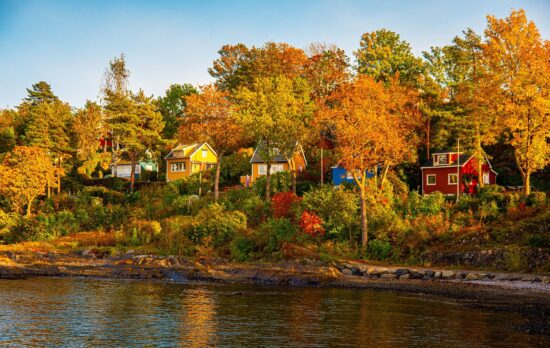Discover the Oslofjord
Discover the Oslofjord. This 100-km-long wonder of nature with its scenic small islands is an ideal place especially during the summer months for kayaking, canoeing, diving, fishing, sailing, or just island hopping if you are visiting during the winter. Hovedøya is the island closest to the city center, with beautiful forests, beaches, and cultural heritage. You get to Hovedøya by taking one of the ferries from Rådhusbrygge 4 in the city center.
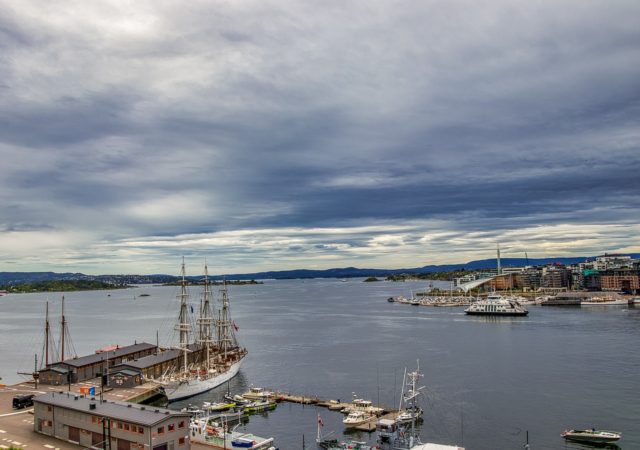
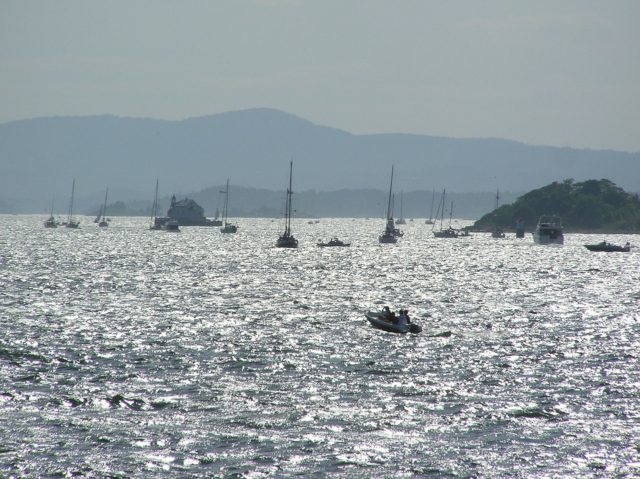
Line B1/B2/B4 takes you directly to Hovedøya in 5 minutes, whereas no. B3 takes you on a little tour between the islands before you arrive at Hovedøya. There is a guest harbor on the east side of the island. The best places for swimming are found on the west side of the island, where there are two beaches.
In the middle of the island, there is a big field for ball games and other activities. Hovedøya is also great for hiking. Parts of the island are a nature reserve, and flowers, trees, animals, etc. are protected. On the north side of the island, you can visit the ruins of a Cistercian monastery that dates back to 1147. You can also see two cannon batteries from 1808 and two gunpowder depots from when the island belonged to the Norwegian army. One of the military buildings, Lavetthuset, is now used for exhibitions.

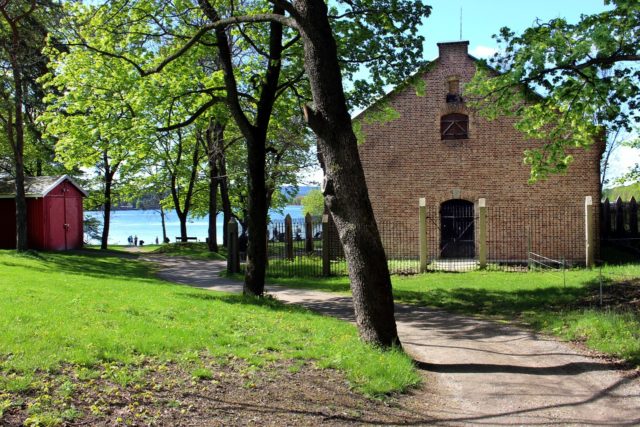
Bleikøya, is the small island close to Hovedøya and is mainly an island of summer cottages, and a nature reserve covers the northern part of the island. Bleikøykalven, the northeastern tip of the island, is a nesting area for the Black-headed Gull, the European Herring Gull, the Common Eider and other seabirds.

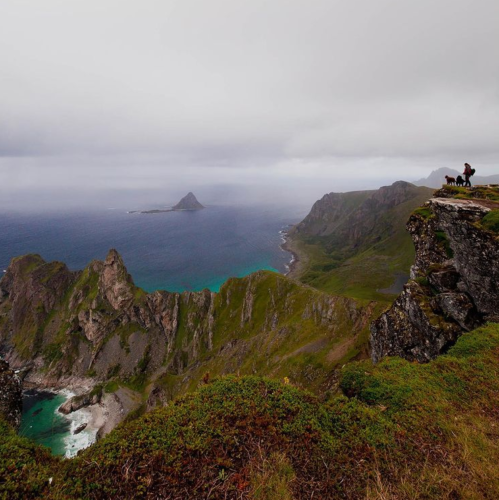
Lindøya is an idyllic island with around 300 summer cottages in red, yellow, and green. From Rådhusbrygge 4 (City Hall Pier 4) in the city centre you can catch the ferry, either to the west side of Lindøya (line B1/B3 to Lindøya vest) or to the east side (line B1/B2 to Lindøya øst). It takes 15-20 minutes.
On the Southwest of the island, you find the best places to go swimming, and in the middle of the island, there is a small shop and a football field. The monument you can see on a hill southeast of the island is the Christiania Meridian which dates back to 1850.
Southwest there is a swimming stadium from 1949, still in use today. Close to the east-side ferry pier, you can see Stamhuset, which was an inn from around 1750. On the northern part of the island, the flora and fauna is preserved.
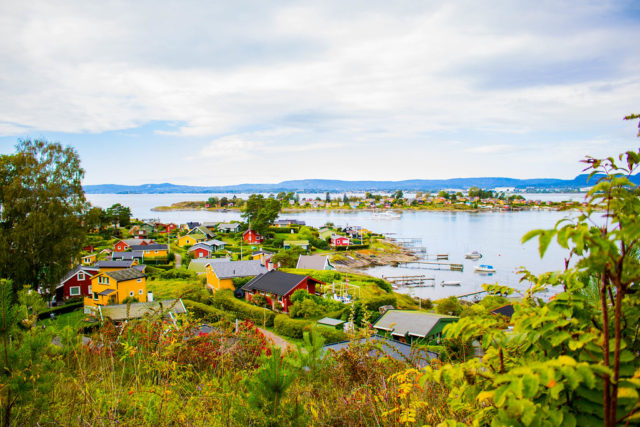
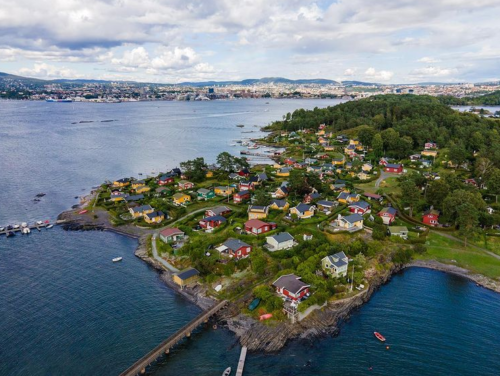
Nakholmen is mainly a “cottage island” (there are almost 200 private summer cottages on the small island). The southern part of the island is a nature reserve. The three islands Gressholmen, Heggholmen and Rambergøya are connected. The possibilities for swimming are especially good on the east side of Gressholmen and the south side of Rambergøya.
Gressholmen Kro from 1930 serves food, drinks, and snacks in the summer season. Rambergøya and the northern parts of Gressholmen are nature reserves, and the bay between the two islands is an important nesting area for sea birds. Heggholmen has one of the oldest lighthouses in the Oslo Fjord.
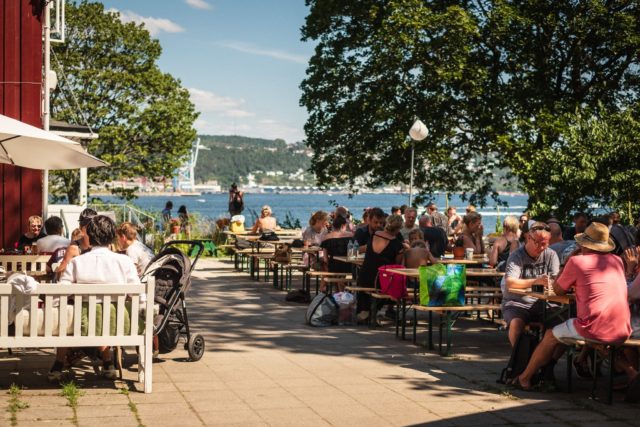
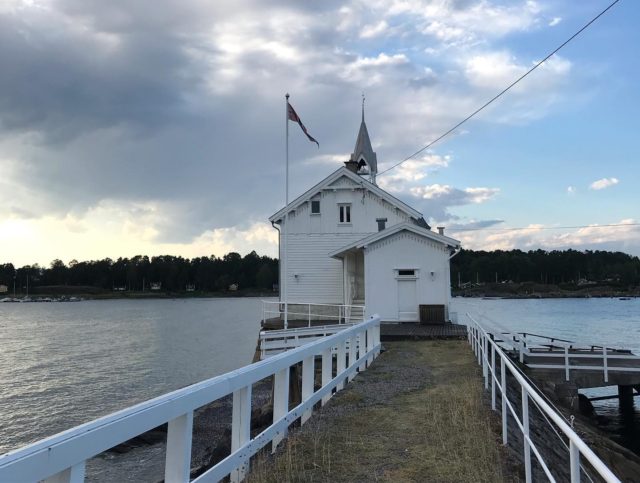
The islands have an interesting history. From the late 19th century Heggholmen was a small industrial community, and Gressholmen was the location of Norway’s first main airport established in 1927. Langøyene island can be reached by ferry line no. B4, which goes all summer and takes you to the east side of the island.
Langøyene has a big beach, s shop, a nudist beach (at the southern tip), a beach volleyball court, a football ground, and great hiking possibilities. Actually, Langøyene was originally two islands, but they are now connected. Where the sound between them used to be, there is now a big field for ball games and other activities.
Occasionally there are concerts and other events at Langøyene. This is the only one of the islands closest to Oslo where you can free camp. Camping (tents only) is allowed as long as you follow the rules stipulated by the Municipality of Oslo. For the several activities available in the Oslofjord see here

